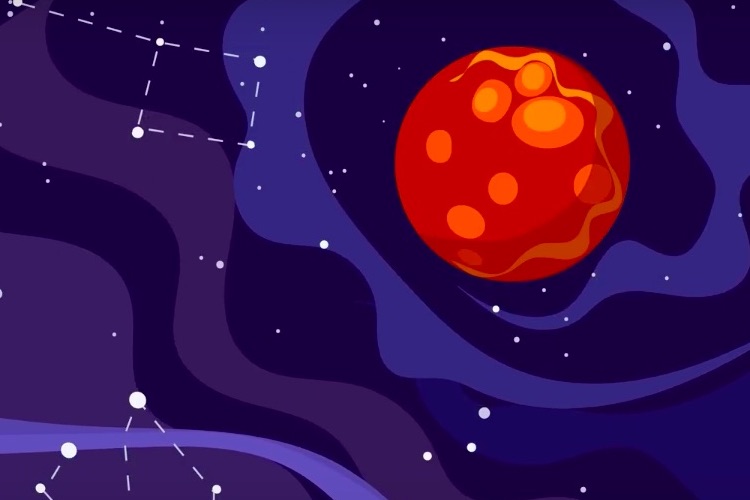Saturn’s Mysteries
Physicist David Southwood on the origin of Saturn’s rings, the length of the day on Saturn and why the magneti...

On February 16, 2015 Nature published a paper “An extremely high-altitude plume seen at Mars’ morning terminator” describing the study of a very unusual feature, found in the atmosphere of Mars. We have asked one of the authors of this research, Dr. Santiago Pérez-Hoyos from University of the Basque Country, to comment on this work.
On March and April 2012 amateur astronomers imaging Mars with small-sized telescopes reported the presence of a plume at unusually high levels. The feature was always seen in the morning terminator of the planet. The amount of images acquired at that time allowed a precise estimation of the plume, which sometimes resulted to be at some 250 km over the surface, a quantity difficultly understood with our current knowledge of Mars’ atmosphere. Observations were compatible with the expected spectrum of a water or carbon dioxide cloud, and, marginally, even with that of a dust cloud.
Our research team has a long record of pro-Am collaboration and is assiduously assisted by amateur astronomers who image bright planets such as Mars, and also Jupiter or Saturn. In fact, our team maintains a public database of images of the giant planets (http://www.pvol.ehu.es/pvol/). With these observations we have already published many studies of Jupiter and Saturn’s atmospheres on high-impact journals. Being in touch with the amateur observing community is essential when you try to capture atmospheric events which can be triggered in almost any moment and last just for a few days. In some sense, it was a kind of anomaly for some of us to be involved in an analysis of the Martian atmosphere but it certainly happened in a very similar way to previous works.
After the publication of this work we have been working in a few different directions. First, we are still scrutinizing the repository of Mars images for anything similar happening in the past. This includes any current Mars mission able to image the planet in the appropriate way, i.e. displaying a considerable fraction of the morning limb. We are also in touch with colleagues that have been proposed other founded alternatives for the origin of these extreme altitude plumes. Finally, we are all certainly aware about this phenomenon happening again in the near future. This would be in fact the best news we could have: to record something similar but in a way that undoubtedly shows the physical origin of the phenomenon, which right now baffles us.

Physicist David Southwood on the origin of Saturn’s rings, the length of the day on Saturn and why the magneti...

Computer Scientist José Luis Vázquez-Poletti on the Mars MetNet Mission, using public cloud computing for spac...

Physicist Nergis Mavalvala on the general theory of relativity, Hulse-Taylor system, and the way gravitational...